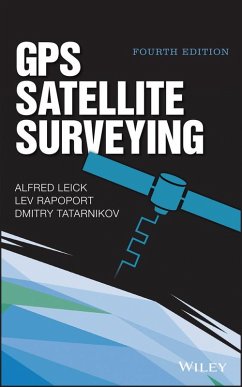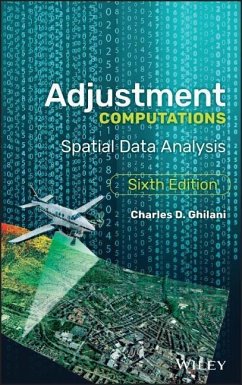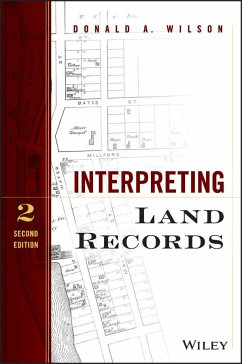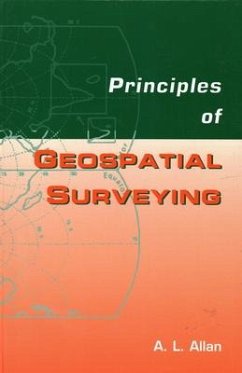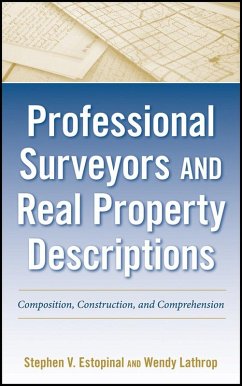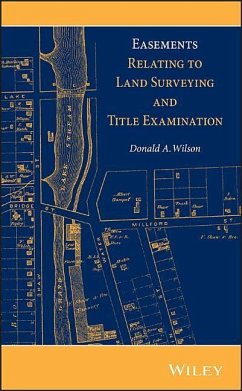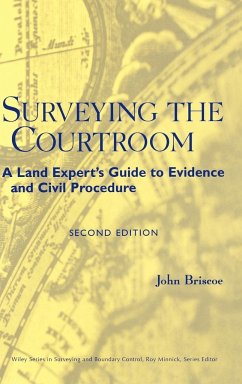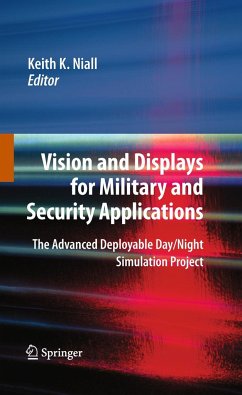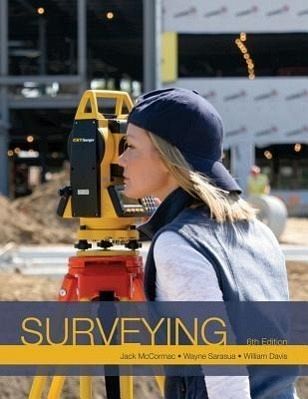
Surveying
Versandkostenfrei!
Versandfertig in über 4 Wochen
191,99 €
inkl. MwSt.

PAYBACK Punkte
96 °P sammeln!
McCormac's 6th edition of "Surveying" provides a basic overview to help readers understand and communicate with surveyors. New features include more applications in engineering areas such as environmental, transportation, geotechnical, construction; more applications to GIS and GPS; added coverage of Geomatics, including setting up data to do analysis and make decisions; and more examples and increase number of homework problems.



